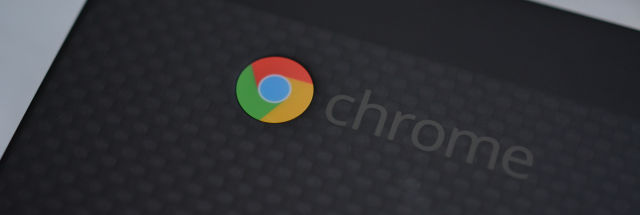The project is called “Lacros” which Google says stands for “Linux And ChRome OS.” This will split ChromeOS’s Linux OS from the Chrome browser, allowing Google to update each one independently.
Previously ChromeOS was using a homemade graphics stack called “Freon,” but now with Wayland, it’ll be on the new and normal desktop Linux graphic stack. Google’s 2016 move to Freon was at a time when it could have moved from X11 (the old, normal desktop Linux graphics stock) directly to Wayland, but it decided to take this custom detour instead. Google says this represents “more Wayland support” because Wayland was previously used for Android and Linux apps, but now it’ll be used for the native Chrome OS graphics, too.



Curious how/if this impacts the broader desktop Linux experiences. Google’s weight could help Wayland support grow faster, to the benefit of all of us. OTOH Google could monopolize the spec and/or implement a never-ending list of extensions, as they do with the web, to our detriment.
Microsoft also implemented the Wayland specification and it did zilch for adoption or growth of wayland. Let me put it another way, Chromebooks also adopted upstart and that has not had an impact on upstart use or adoption in the broader linux ecosystem.
Its more likely they’re gonna use work done for desktop linux with minimal if any contribution backwards to things we care about.
I doubt it would change anything since for native linux apps you need to use them in the linux VM (which albiet very high perf, is still a VM) and that already uses wayland, so unless they adopt native app support via something like flatpak, I doubt it will change much